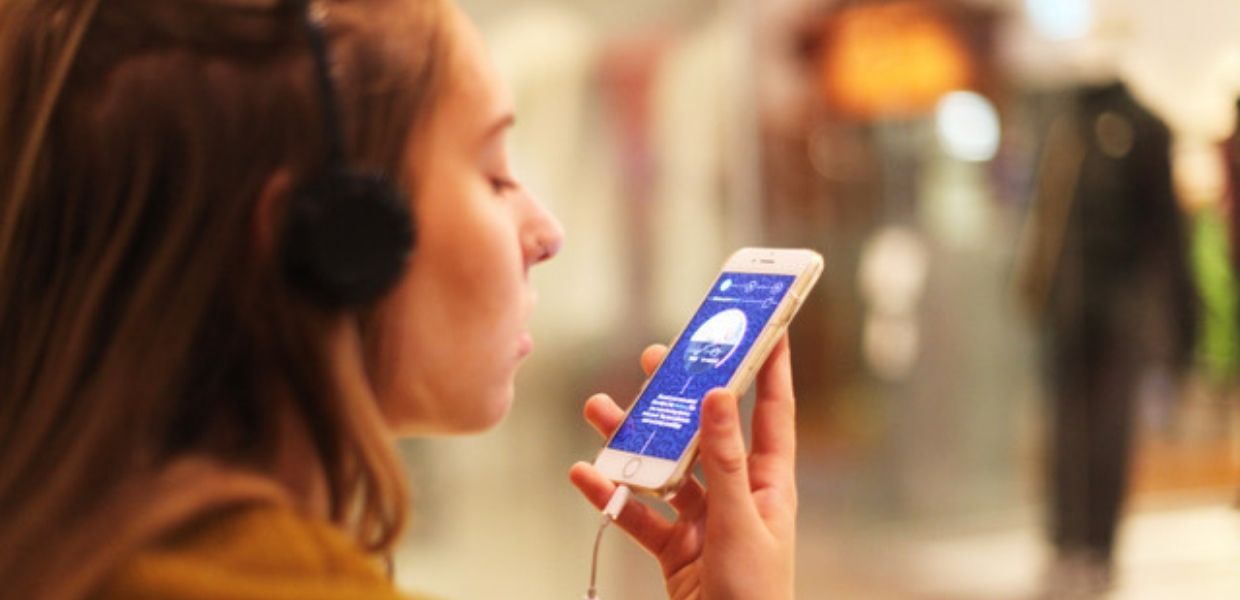This article was first published on the Brighton Museum & Art Gallery website on 31 May 2019.
Why we’ve been testing GIFT
The best way to explain the GIFT web app is that it’s like making a playlist or a mixtape for someone, except with objects from a museum instead of music tracks. Basically you can pick any object in the museum and use your smartphone to create a digital gift for someone you care about. I think it has huge potential in rethinking the way digital technology can shape a museum visit. Most visitors come to our museums with relatives, partners, friends, or as part of a group. For these people, the museum visit is clearly a social experience. Yet this is often overlooked by digital offerings in museums, which are designed for a solitary user. Audio guides speak directly into an individual’s ears; interactive touchscreens can usually only be used by one person at a time. These technologies can be effective ways of providing more content to visitors, but they often rub against the grain of the social experience, resulting in a low uptake.
On the surface, GIFT does much the same: the visitor uses their mobile phone to create and share content in a solitary way. But because it is so rooted in the practice of creating and sending gifts, it can enhance the museum’s social experience. A gift could be sent to a friend in another gallery of the museum, who is then encouraged to seek out the shared exhibit. It can even be shared with someone outside of the museum, so that they can enjoy their gift at home, and possibly visit the museum themselves in the future.
GIFT vs Social
You could argue that GIFT is simply replicating what social media platforms already enable. Thousands of people every year are creating and sharing photos of their museum using familiar tools such as Facebook and Instagram. Why should any museum visitor use a new application like GIFT for this purpose? There are several answers to this question, but for me there are two powerful reasons why GIFT can enable a much richer experience.
Social media channels like Twitter and Facebook are based on a model of the one speaking to the many. This changes the way people communicate. When you compose a tweet, you are likely thinking of the tens, hundreds, or thousands of followers you might have, and will shape your language accordingly (for better or worse). Whether you’re showing off, being cautiously diplomatic, purposely aggressive, or conspicuously polite, the way you communicate will be inherently performative. As a result, these channels are not ideal for communicating more nuanced messages, or sharing ideas that only make sense within more intimate relationships. If you spot a painting that reminds you of a long-deceased aunt’s dog, is Instagram the best place to share that with your cousin?




